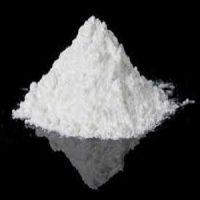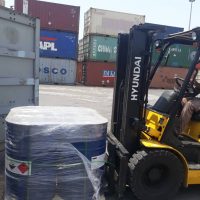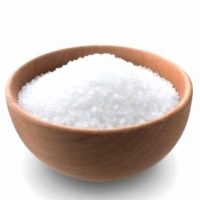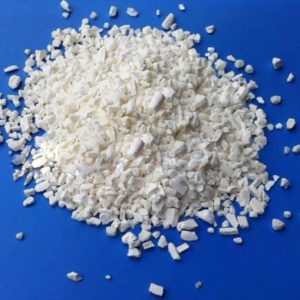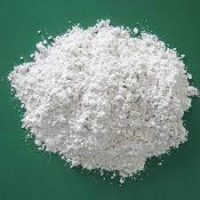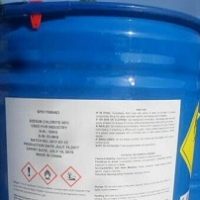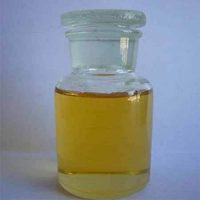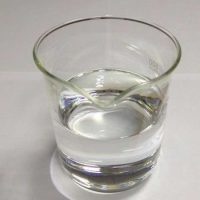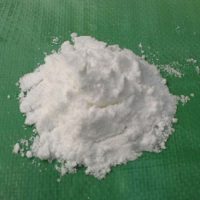Cobalt Oxide
- CAS Number: 1307-96-6
- Appearance: Solid
- Purity:%
- Made in: China
- Phone Num : +86-2150591759
- E-mail: info@shanghaimetex.com
- Description
- analysis
- shipping & delivery
Description
Cobalt can be found in the minerals cobaltite, erythrite, and skutterudite. Cobalt oxide particles are white powder with a spinel crystal structure, which are important magnetic materials.

This product is widely used as a chemical compound in the ceramic industry and is used as an additive to create glazes.
Physical and chemical properties:
Cobalt oxide with CoO molecular formula is a stable and very strong oxide, valid, and a common color in pottery. It is available in black to green powder.
This compound is odorless, tasteless, and insoluble in water, but soluble in hot mineral acids.
The most important physical and chemical properties of this compound can be summarized in the following table:
| Chemical formula | CoO |
| Molar mass | 74.9326 g/mol |
| Appearance | powder |
| Density | 6.45 g/cm3 |
| PH | 5-7 |
| Odor | odorless |
| Melting Point | 1933 °C (3,511 °F; 2,206 K) |
| Solubility in water | insoluble in water |
| Solubility | Insoluble in ammonium hydroxide; soluble in acids and alkali hydroxides |
| Color | Black to green crystals or powder |
| Form | Powder or cubic or hexagonal crystals |
| Other names | Cobalt mono oxide
Cobalt Black |
| Magnetic susceptibility | +4900.0·10−6 cm3/mol |
| Chemical Structure Depiction |  |
Formula and structure:
The structure of cobalt monoxide with the chemical formula of CoO has two intersecting lattices of Co and O. Each cubic unit cell of this compound contains four Co2+ ions and four O2− ions.

Cobalt oxide nanoparticles:
Cobalt oxide nanoparticles absorb moisture easily if exposed to air, but do not produce aqueous compounds and are soluble in nitric acid. To produce cobalt oxide nanoparticles, two methods of sol-gel and thermal decomposition are often used. These nanoparticles are harmful to humans and the environment and are very toxic and act as a skin irritant.
production process:
It is commonly produced in the industry by heating cobalt hydroxide in cobalt solutions precipitated with sodium hypochlorite and has many applications in the glass and ceramic industries.
Co (OH)2 → CoO + H2O
Cobalt (II) oxide is prepared by thermal decomposition of cobalt (II) nitrate or carbonate.
CoO is produced by the decomposition of cobalt (III) oxide (Co3O4) at a temperature of 900 ° C.
2 Co3O4 → 6 CoO + O2
Applications and uses of cobalt oxide:
- Cobalt monoxide has been used as a coloring agent in glazes for ceramics;
- The biological synthesis of cobalt oxide for the production of cobalt oxide nanoparticles is a major achievement in medical science;
Applications of cobalt oxide nanoparticles:
- As a magnetic nanoparticle with many applications in micro-batteries, nanowires, and special alloys and catalysts;
- In temperature and gas sensors;
- In medicine, especially for drug delivery and magnetic resonance imaging (MRI);
- Magnetic memories;
- In solar energy attractions.

Applications of cobalt oxide in the industry:
- Production of cobalt (II) salts;
- As a pigment;
- Production of coal raw materials.
Cobalt oxide in glazed and ceramics:
This material is used for glazing at all temperatures by creating metallic paint. Cobalt is the most powerful paint in the ceramic industry, which is stable in most systems.
cobalt monoxide has been used for centuries as a coloring agent in glazes for ceramics. Pure cobalt oxide contains 78.6% cobalt metal, and its raw powder is not decomposed into real cobalt oxide for glazing unless heated in a furnace.

Safety information of cobalt oxide:
- Harmful if swallowed.
- May cause an allergic skin reaction.
- Exposure to this substance for a long time also affects the thyroid, heart, and kidneys.
- Very toxic to aquatic life with long-lasting effects.


First-aid measures:
- Skin Contact: Immediately flush skin with water.
- Inhalation: move the person to the fresh air.
- Eye Contact: Rinse eyes with water for at least 15-20 minutes.
- Ingestion: Do not induce vomiting. Get medical aid immediately. Call a poison control center.
Packing and storage:
Store in a dry and cool place with proper ventilation in a tightly closed container.
analysis


